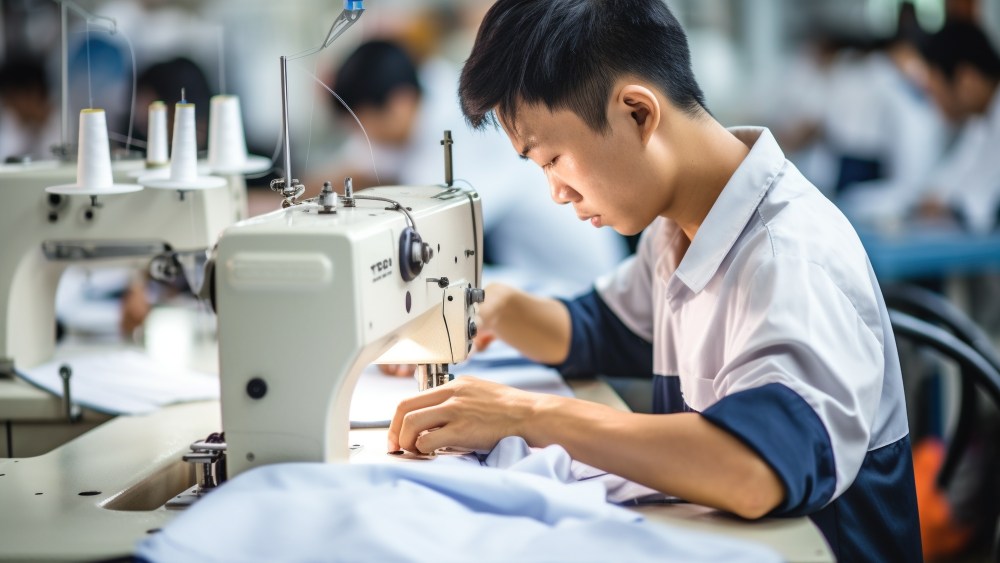
Ross Meyercord, chief executive officer of product value management platform Propel Software, just released what he sees as the notable business and tech trends for 2025. The “Five Trends to Watch” report includes the evolution of AI, business growth in Mexico and Vietnam overcoming China as a key market.
With AI, Meyercord said the next phase “evolves from unstructured and unpredictable LLMs [Large Language Models] looking for problems to solve to more process simplifying use of agents to improve productivity and decision making.” The CEO said, “AI agents will take proactive steps, executing based on natural language processing, and chaining together a sequence of actions to perform complex tasks.”
As a result, Meyercord said the long-promised productivity benefits of AI for business users will be realized. “Furthermore, the AI landscape will be defined by a stark divergence between models that share information publicly versus those that keep enterprise data protected,” the CEO said, adding that keeping data and proprietary models secure within the ecosystem, “and safeguarding sensitive information, is what will differentiate science projects from enterprise-ready applications.”
You May Also Like
Another trend to watch, according to Meyercord, is so-called “green sectors” that have been funded by government incentives and subsidies. “President-elect Trump has signaled a desire to remove these protections: industries such as solar, wind, electric cars and the like,” the CEO noted. “It is probable there is enough consumer demand for these products to survive and even thrive on their own. How will removing subsidies impact price and ultimately demand? This could be a real win where these industries thrive and become globally competitive without significant subsidies.”
The CEO also predicted that in 2025 Vietnam will steal the “manufacturing crown from China.” Meyercord said the incoming Trump administration “has identified China and its manufacturing prowess as a key national security risk. Many U.S. and Western companies have already, or will soon, plan their exit, or at least partial withdrawal from China.” As Vietnam leverages AI to overcome language barriers and address other operational issues, the country will be “poised to be the next Asian manufacturing champion,” Meyercord said.
Setting aside a possible trade war with Mexico, that country is investing heavily in infrastructure, which, Meyercord said, “is transforming the region into a high-tech manufacturing hub, with modernized roads, enhanced facilities and a skilled workforce ready to meet global demand.” The CEO said Guadalajara reigns as Mexico’s Silicon Valley, “as the country continues to attract high-tech manufacturing at an unprecedented rate.”
The last notable trend on Meyercord’s list is positioned for a surge in domestic manufacturing. The CEO said with legislation such as the CHIPS Act and the Inflation Reduction Act, “new U.S. manufacturing is rapidly transitioning from construction to production. After significant infrastructure investment, factories are moving to the next phase — equipping facilities, hiring skilled workers and integrating advanced technologies to support a surge in domestic manufacturing.”
Meyercord said as one of the largest recipients of the CHIPs Act, Taiwan Semiconductor Manufacturing “is blazing the trail with U.S. yields outperforming Taiwan counterparts. Its brand-new Phoenix-based facility recently reported a 4 percent increase in usable chips compared to output from Taiwan plants, which previously had been considered the gold standard of productivity.”
The CHIPS and Science Act was signed into law by President Joe Biden on Aug. 9, 2022, and is a U.S. federal statute that allocates about $280 billion to enhance domestic semiconductor research and manufacturing. The act provides $52.7 billion, including $39 billion for manufacturing subsidies and $13 billion for research and workforce training, to strengthen U.S. supply chain resilience and counter China.








